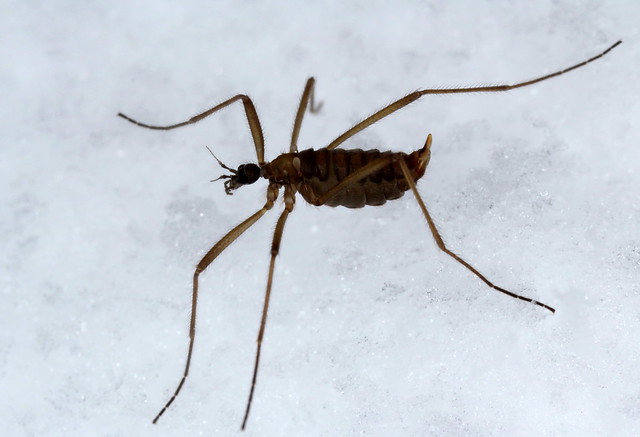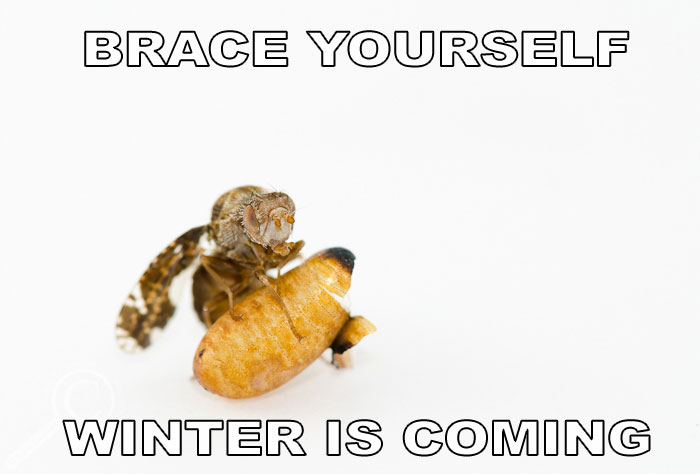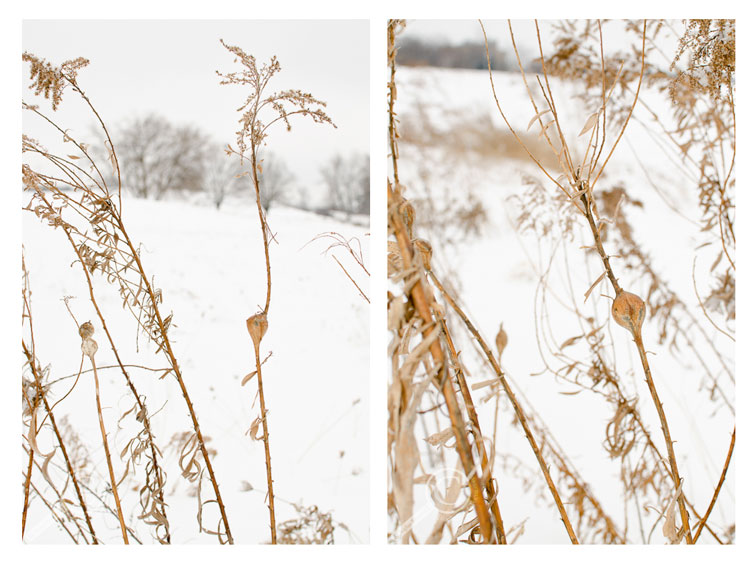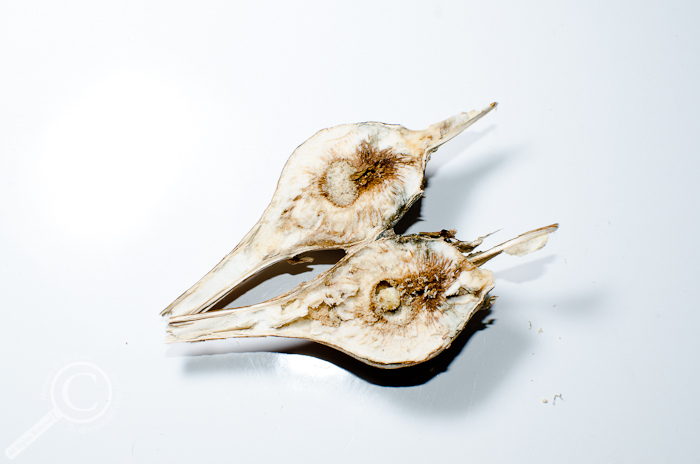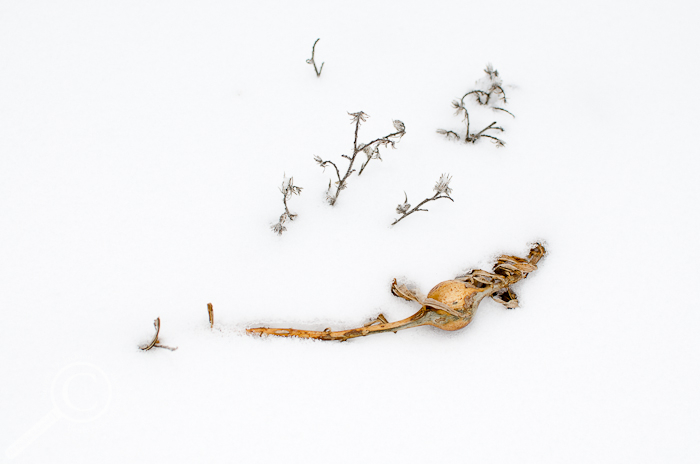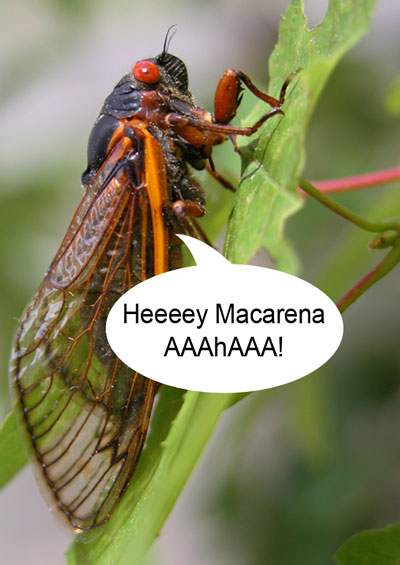Yesterday a new carnivorous mammal was described from Andean Ecuador (Bassaricyon neblina; the BBC has an excellent write up about it), and it’s been getting a lot of media attention. While I’m happy whenever the work of a taxonomist gets talked about, I have a suspicion that cute, fuzzy things get a greater proportion of that attention.
I pointed out on Twitter that while the one new mammal got international attention, 8 new skink species, 5 new sponges, 4 new water mites, a new fresh water shrimp, a new nematode and a new caddisfly, along with 8 new species of plants (and these were just the species published in Zootaxa & Phytotaxa) were described without much, if any, fan fare.
After my grumpy little observation, Rachel Graham (@PictureEcology) made an interesting suggestion:
That got me thinking: is it our attraction to cute things that puts them in the news, or, thanks to more attention in the past and fewer species in total to be found, that describing a new mammal is so unusual that it’s newsworthy? So, I looked into it a little, did some back-of-the-napkin calculations, and tried to see why we seem to hear about some new organisms more than others.
Now, before I get into it, let me state that this is a very rough approximation of the taxonomic literature based on a few hours of quick searching, and I’m 100% confident that I’ve not found every relevant paper. This is just for fun, and should be taken with a pretty large grain boulder of salt. That being said, I think it’s suggestive of what’s happening, and at the very least might jump start some conversation. Also, this is only taking into account new, living (i.e. not fossil) species described in 2012, so beware small sample size distortion.
According to this Wikipedia list, there were 34 new species of mammals (Class Mammalia — ~5.5k described species) described in 2012 (the fact that there’s an updated list of newly described mammal taxa on Wikipedia would seem to lend credence to a Mammal Bias, but I digress): 16 bats, 9 rodents, 4 marsupials, 3 primates and 2 shrew-like things. Some of those, like Cercopithecus lomamiensis, got some media attention, while the others didn’t (I don’t recall hearing much excitement over the new bats, rats and shrews for example).

Who doesn’t love this face? Cercopithecus lomamiensis, one of the bigger taxonomy stories of 2012.
Now what if we look at other, less cuddly groups of organisms? Like sponges (Phylum Porifera — ~9k described species) for example. I found 54 new species of sponge described in 2012, which is a fairly similar ratio of new:known as mammals. I may be mistaken, but I can’t recall seeing a sponge on the home page of any news agencies (although the Lyre Sponge — Chondrocladia lyra — was selected by ASU as one of the Top 10 New Species of 2012).
Same story with harvestmen (Order Opiliones — ~6.5k described species): I located 46 new species for 2012, which is a few more than the mammals, but I kind of doubt there were reporters knocking on arachnidologist’s doors inquiring about them.
Finally, let’s look at rotifers (Phylum Rotifera — ~2.2k described species), those neat little creatures that whirl around in pond water. In 2012, as far as I can tell, only 1 new species was described. One. As far as rarity of discovery goes, it doesn’t get much more unusual than that, and I think it’s safe to assume no one heard about Paraseison kisfaludyi, even though it sounds pretty interesting (it’s only the fourth species described in it’s Order, and it lives INSIDE the carapace of a tiny crustacean — seriously cool).
I think we can safely say that while mammals may indeed be infrequently described, that’s not the reason they make the news, and that we’re all saps for those large eyes and furry bodies that remind us of Rover, Kitty, and ultimately, ourselves.
So, is there a distinct Mammal Bias in the news media? Probably. Is that a bad thing? Maybe not. While it’d be nice to see some of the other new & fascinating creatures being described by the world’s taxonomists be spotlighted, as long as people are reminded we still don’t know our neighbours very well, and that there are a lot of dedicated people out there working hard to introduce them to us, then I think we’re making progress.
It’s not like newly described invertebrates don’t make the news cycle (a couple of recently described dance flies were getting some attention earlier in the week thanks to some good-spirited nomenclature), it’s just that there’s a whole world of interesting biology and taxonomy waiting to be told outside of the cuddly stuff. All you need to do is look.
—————
Quick footnote with an anecdote: the number of people involved in the description of a new mammal species heavily outweighs the number of people involved with the invertebrate groups I looked at. For the 34 mammal species described in 2012, 107 people were listed as authors on the papers (3.14 people/new species); Opiliones – 26 authors for 46 species (0.57 people/new species); rotifers – 2 authors for 1 species; and sponges – ~35 authors (I lost count) for 54 species (~0.65 people/new species). I’m not really sure what this means (if anything) other than we could really use more taxonomists working on invertebrates, but I thought it was interesting.



